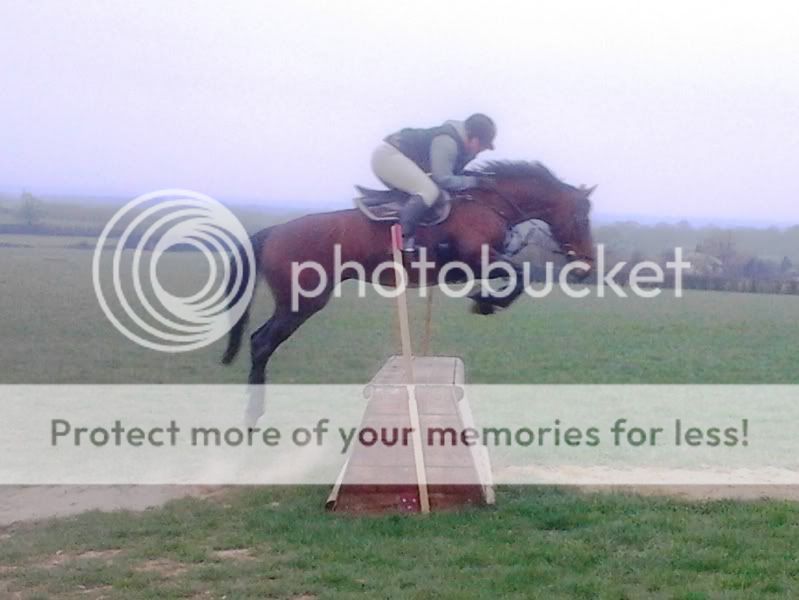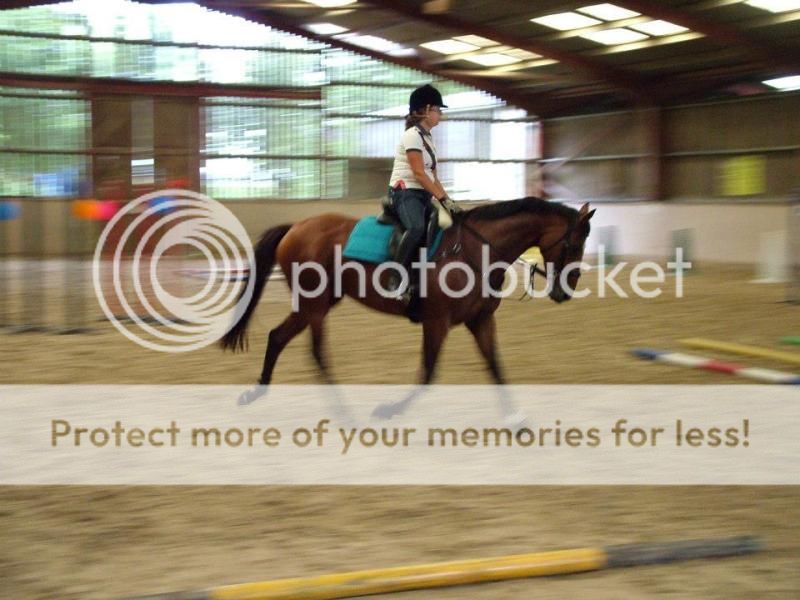TarrSteps
Well-Known Member
Another one of my annoying thinking questions. . .
Discussions about 'not right' horses figure prominently in my professional life and between than and reading on here, I'm curious how people define their terms. I often see people refer to an unlevelness or gait change with the caveat that they believe the horse is not actually in discomfort. . .then how do you explain the change? How much does context inform your opinion? If a horse is still doing the job is it considered to be 'not in pain' by definition? What about bilateral or non-limb discomfort? How do you KNOW if a horse is uncomfortable and at what point is that lameness? How reasonable is it to expect a horse to be 100% all the time in order to have a useful life? Especially given that FEI horses don't even have to be 100% to pass a jog!
I'm not referencing any particular situation but it's an off discussed topic around here and I wonder sometimes if we are all talking about the same thing!
Discussions about 'not right' horses figure prominently in my professional life and between than and reading on here, I'm curious how people define their terms. I often see people refer to an unlevelness or gait change with the caveat that they believe the horse is not actually in discomfort. . .then how do you explain the change? How much does context inform your opinion? If a horse is still doing the job is it considered to be 'not in pain' by definition? What about bilateral or non-limb discomfort? How do you KNOW if a horse is uncomfortable and at what point is that lameness? How reasonable is it to expect a horse to be 100% all the time in order to have a useful life? Especially given that FEI horses don't even have to be 100% to pass a jog!
I'm not referencing any particular situation but it's an off discussed topic around here and I wonder sometimes if we are all talking about the same thing!


